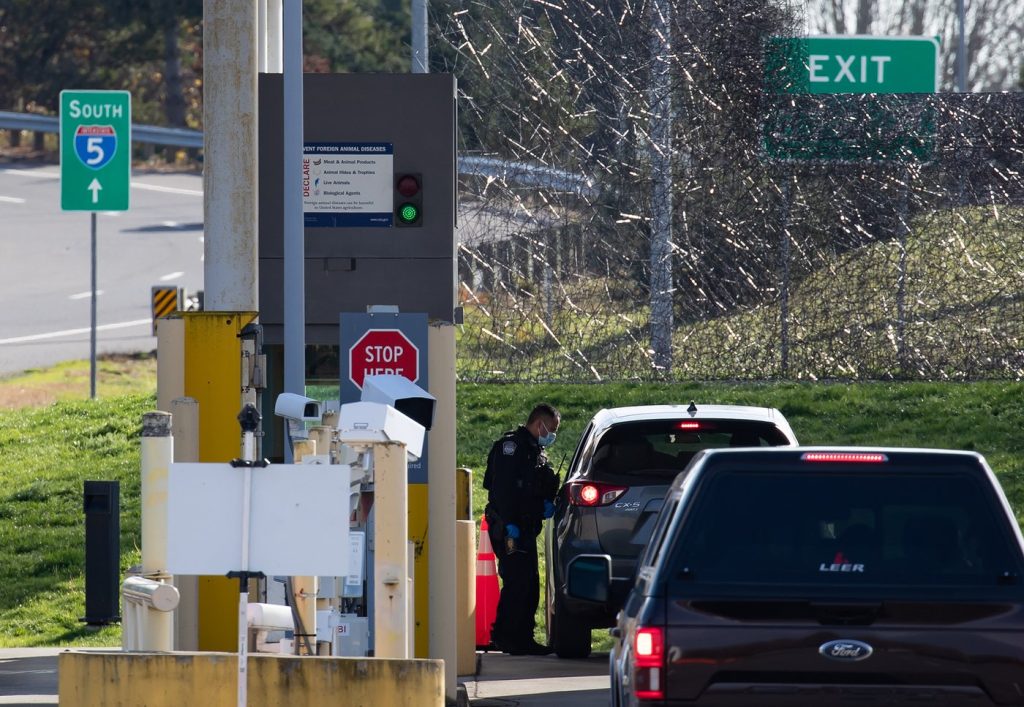‘Stop the Bleed’: How to perform first aid on trauma victims, stop bleeding

Posted January 27, 2023 2:10 pm.
Last Updated January 27, 2023 2:22 pm.
As Toronto sees a surge in headlines about violent incidents, CityNews spoke with medical experts about their general ongoing encouragement for residents to be knowledgeable about first aid.
“[Trauma first aid interventions] are absolutely critical, a person can bleed out in approximately five minutes,” Brandy Tanenbaum, an injury prevention coordinator with the Tory trauma program at Sunnybrook Health Sciences Centre’s and a spokesperson for the hospital’s Stop the Bleed course, told CityNews.
“Having somebody available to intervene in those critical moments before paramedics are able to arrive to the scene can be the difference between life and death.”
CityNews attended a course session on Thursday when students of Greenwood College School got a first-hand introduction to trauma first aid.
The Stop the Bleed course was created by the American College of Surgeons’ committee on trauma after a 2012 shooting left 26 dead at Sandy Hook Elementary School in Newtown, Connecticut.
RELATED: Damar Hamlin injury reinforces need to know how to do CPR and use defibrillator, expert says
“The program is designed for anybody who doesn’t have a medical background or professionals that want to have a refresher on how to manage critical bleeding incidents,” Tanenbaum said.
Earlier in the week, Sunnybrook Health Sciences Centre launched its first of several classes for the public in 2023. While unrelated, the class kickoff came at a time when Toronto residents have been hearing about a spate of violence on the TTC system.
CityNews sought to learn generally what steps people can take if they come across someone who experienced a traumatic injury regardless of the situation.
“It’s absolutely about saving somebody’s life. It’s going to be a painful experience for the person depending on the types of techniques that are used whether it’s wound packing, pressure (or) applying a tourniquet – it’s going to be an uncomfortable experience,” Tanenbaum said.
The instructors noted the top cause of death after an injury is uncontrolled bleeding. Hospital staff noted someone can die within five to 10 minutes, potentially before emergency crews can arrive at a scene.
Ensuring personal safety before helping
Before attempting to help someone who’s injured, the instructors said there shouldn’t be an active threat or an immediate threat of further harm.
“We don’t want to have more victims than are already involved in the incident, so making sure that your personal safety is first and foremost,” Tanenbaum said.
“If you can, moving the injured person to a place of safety would be ideal, or waiting until a time when it is safe to approach the injured party.”
For anyone who might be concerned about the potential liability of helping someone in need or the potential consequences of helping someone and they subsequently get worse, the instructors highlighted Ontario’s Good Samaritan Act and its protections for those performing first aid on people in need.
If it’s safe to help someone, the instructors encouraged to wear gloves if possible in order to protect against blood-borne infections (which could happen if you have an open cut or sore). If gloves aren’t readily available, they urged washing off any blood as soon as possible after.
Following the ABC steps to control bleeding
The first aid steps were broken down into three parts: Alert, Bleeding and Compress (ABC).
Instructors encouraged people to alert 911 (either themselves or someone nearby) right away. They said you’ll likely be on the phone with a 911 communications operator for an extended time, so be ready to answer questions about the specific location, as best as possible information about the identity and condition of the victim, and the nature of the situation.
They said you’ll need to find any potential bleeding sources, and you might even need to remove some of the person’s clothing. You’ll have to identify life-threatening bleeding. Indicators of life-threatening bleeding include blood that spurting, if it’s not stopping, if there’s pooling, if there’s enough to soak through clothes and bandages, if the victim is confused or unconscious, or if there is the partial or full loss of an arm or leg.
For torso wounds, Tanenbaum said internal bleeding is a major concern.
“Those injuries are absolutely critical and life-threatening. The only place where they can be effectively treated is in the hospital in a trauma centre. They need the attention of a surgeon who can be inside, identifying the source of bleeding and addressing it inappropriately,” she said.
In an effort to buy emergency crews a little bit of time, instructors said put clean cloth or gauze over the wound and apply direct, continuous pressure until they get there (don’t lift hands or the gauze to check). As soon as first responders arrive, make sure they are immediately told about torso wounds in order to triage properly.
If there’s a head injury, they said to cover the wound and apply direct and continuous pressure.
RELATED: How you can help young children in need of first aid, CPR during emergencies
For arm, leg, neck, shoulder and groin injuries, focus on the point of bleeding and wipe away pooled blood. If the wound is large, beginning at the corner of the wound stuff gauze, cloth or a shirt until the void feels full. Putting one hand over the other, push down as hard as possible and keep the pressure until help arrives.
Instructors recommended keeping a certified tourniquet in a first aid kit. They said to be careful about buying ones online as there have been poorer-quality tourniquets being sold.
If a tourniquet is available and someone has an arm or leg injury, put it two to three inches above the bleeding area and not on a joint. Make it tight as possible until the bleeding completely stops. They said a secondary tourniquet might be needed higher up on the limb.
Once applied, note the time it went on (writing it on the tourniquet was recommended).
You’ll also need to talk the victim through the process. Instructors said the tightness and pressure can feel as bad as the wound itself, adding it’s essential in the fight to prevent more severe injuries or death.
“It’s going to be an uncomfortable experience, absolutely,” Tanenbaum said.
Lastly, instructors reiterated that people should attend courses in order to fully understand the steps and practice applying techniques.
“We have heard definitely stories of people involved in shooting incidents, stabbing incidents who have been able to intervene and help,” Tanenbaum said.
It’s a sentiment echoed by Matthew West, a physical education teacher who brought his Grade 11 class from Greenwood College School, adding there are other benefits for students.
“I think you hear about things and you obviously see it in TV shows and movies, but just you get a new respect for an institution like this,” he told CityNews.
“It’s a really good opportunity for students to not only get real-world skills, but being in grade 11, they’re starting to think about post-secondary and career paths, so just hearing about different life experiences from people in this field.”
Click here to learn more about the Stop the Bleed courses offered by Sunnybrook Health Sciences Centre.








